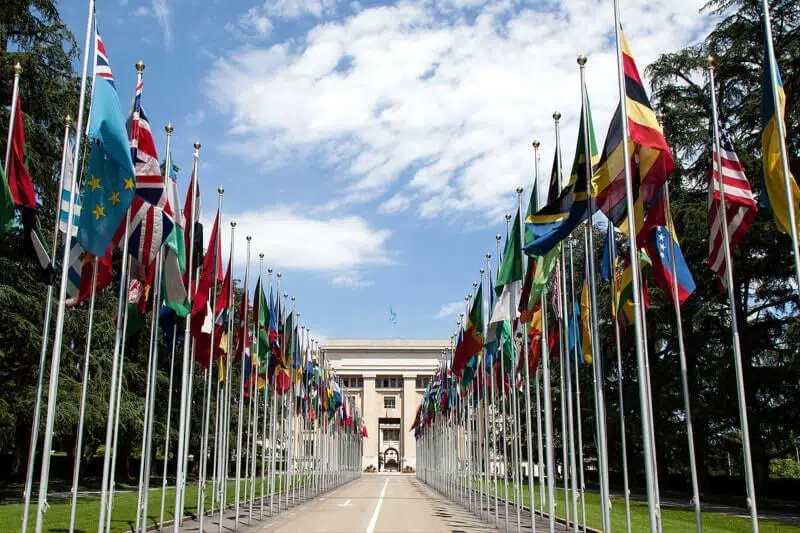| Université catholique de Louvain | |
| edX | |
| 6-8 hours (per week) | |
| English | |
| English, Français | |
| Human Rights, International Law, Migration, Global Health | |
| 14 Weeks |
These questions are both ancient and contemporary.
Whether you are a decision maker, a judge, a lawyer, a human rights activist, you will have to answer these questions. The answers are complex. They require precise theoretical and practical knowledge of national, regional and international law.
The 1951 Geneva Convention on Refugees will enable you to master these questions. This Convention remains the cornerstone of international refugee protection. It is at the heart of this online course. You will analyze in detail the principle of non-refoulement and the definition of a refugee.
This definition will allow you to identify, like a fingerprint, the people who, legally, should be recognized as beneficiaries of refugee status and international protection. Using a conceptual tool, the three-scale theory, you will analyze in a rigorous and structured manner each distinct element of the refugee definition (persecution, risk, proof) as well as, in a comprehensive approach, the definition as a whole.
By confronting theoretical analysis with practical situations, you will see that, if correctly interpreted, the Geneva Convention remains effective and still allows to this day the protection of many fugitives or refugees ( Flüchtling, réfugiés ).
You will also follow the refugee’s journey—like the maze that the image above also represents—to measure the need for a solid knowledge of the law and the procedures.
Beyond law, you will understand the value of an interdisciplinary approach, in particular when measuring the credibility of an asylum seeker’s narrative.
You will examine the importance of regional, subsidiary or complementary protection.
Finally, you will look at future challenges, such as the issue of climate refugees.
In this course, Asylum and Refugee Law, you will learn whether or not migrants can be returned to another country, whether or not they should be included in or excluded from the refugee definition, and whether or not to challenge the decision on someone’s refugee status. You will do all of this by developing a rigorous legal reasoning.












